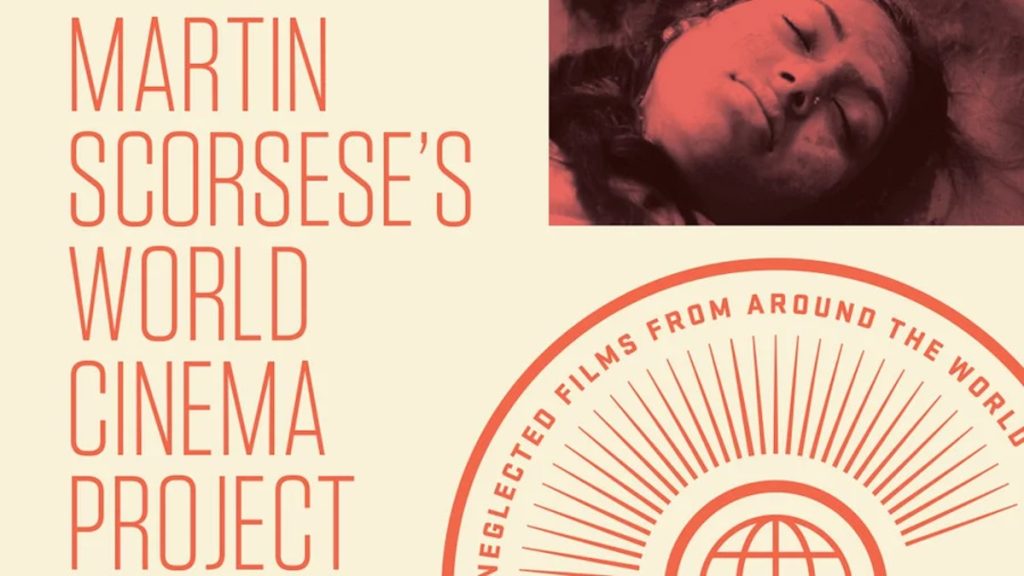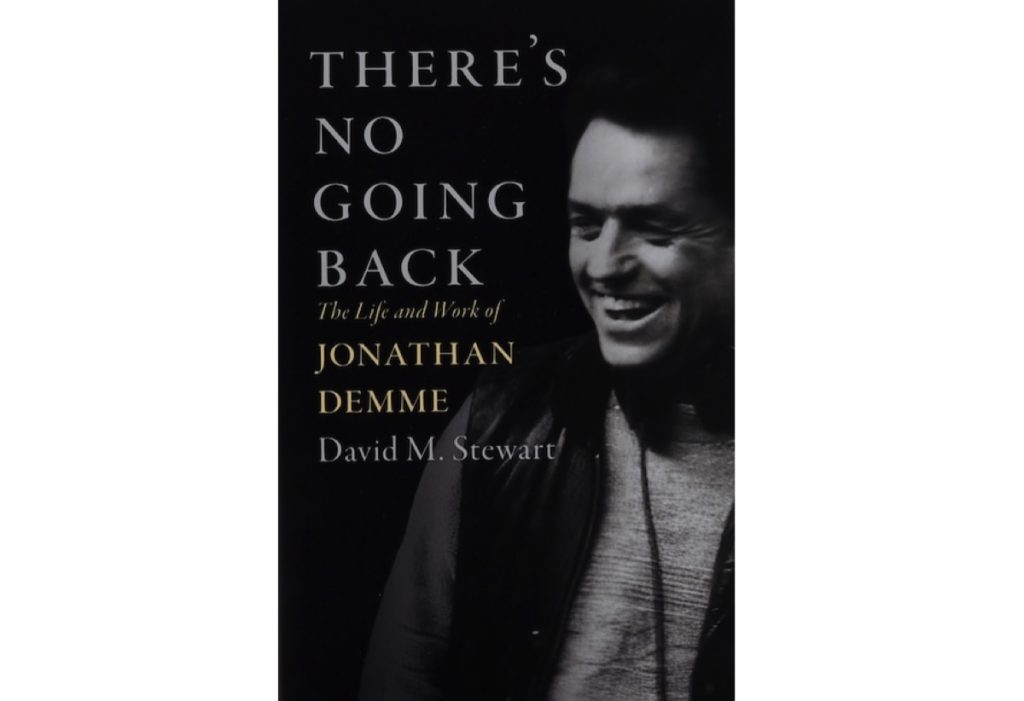It’s October. The first trailer for a movie drops, and a journalist whom the studio provided free travel, dinner, and set visits proclaims it ‘The scariest movie since last year.’ All other press is embargoed until release day, when the film breaks some sort of new record for poor reviews. Three weeks later, no one even remembers this movie.
The phenomenon of the Late Winter Horror Film is not a new one, but it’s certainly seen an uptick in recent years. From the social media-friendly antics of The Boy in 2016 to the one-two punch of ‘F’ Cinemascores in The Grudge and The Turning earlier this year, the first quarter is now an annual window packed full of low-budget thrillers with a heavy dosage of schlock. This excludes big-budget horror like John Krasinski’s A Quiet Place (2018) or Gore Verbinski’s A Cure for Wellness (2016) of course, as well as prestige horror that happens to launch in this season, like Robert Eggers’ tremendous The Witch in February 2016 or Jordan Peele’s duo of Get Out and Us in 2017 and 2019. I’m talking about the fun, dumb ride of something like the unfairly maligned The Turning or even Leigh Whannell’s new-to-VOD The Invisible Man, which uses the joys of Late Winter Horror to reflect cracks in modern society.
Sure, films of this ilk routinely turn a profit, but their reputations couldn’t be worse; audiences and critics frequently dismiss them as formulaic tripe, overly reliant on jump-scares. It puts these movies in an odd place: seemingly panned by everyone, but attracting an endless supply of moviegoers. Yet the very formula that puts so many off is what brings others in the door in the first place.
In The Spierig Brothers’ Winchester (2018), there’s a moment just a few minutes in when the film lays the premise bare—Jason Clarke, as a doctor who doesn’t believe in ghosts, is assigned to perform a psychological evaluation on one of the most famously haunted people in American history, in one of its most famously haunted locations. If you gave each audience member a moment to predict, beat-for-beat, how the rest of the story would unfold, most would probably land every major moment. But is that… a bad thing?

When audiences sit down for a mid-summer action blockbuster starring the most beautiful, muscular people on the planet, they know exactly what they’re getting, and are typically effusive with their praise when it delivers on that promise. Twitter may have thrashed Martin Scorsese when he compared superhero films’ formulaic construction to theme park rides, but most horror fans would probably admit that the most favorable comparison for movies like Winchester is that of a roller coaster. Each scene features the same up-and-down structure, beginning with a scary noise accompanied by tense music which leads to a journey down a creepy hall, SNEAK ATTACK, and then a calm moment of safety before it all starts again.
It should be no different when trashy, low-budget thrillers can satisfyingly provide audiences the cinematic comfort food they paid for than when the standard, lifeless costumed superhero saves the day to widespread praise. You know what you’re getting with movies like these. That’s part of their appeal.
Beyond predictability, Winchester may well be the perfect example of this archetype, packed to the brim with two-dimensional characters and jump scares that land about half the time. But enough effort is put into the creepy set design, quaint “let’s play dress-up” period costuming, and delightfully dark atmosphere that it all works anyway. The defining elements are all there, from the handful of D-list performers supporting one or two beloved actors to the laughable, left-field twist ending. It’s made with just enough craft (particularly an effective, intense long-take sequence at the midpoint) that it doesn’t need to be enjoyed with irony or alcohol— though the latter can certainly add to the experience.
Within the broader label of Late Winter Horror, there are a few specific divisions that stand out. The first is the ghost story, made up of haunted houses like Winchester, haunted children like The Turning, and haunted dolls like the two Boy movies. These films aren’t all necessarily actually about ghosts, but hinge on a central mystery of whether a ghost is actually present.
All four haunts have twist endings without any semblance of set-up, and their degrees of success vary wildly. The Boy (2016) ends with an admirably insane climax kicked off by pulling the rug out from under the audience as a grown man emerges from the walls, delightfully resolving the film’s mystery and taking the last act into slasher territory. On the other hand, its follow-up Brahms: The Boy 2 (2020), tries to one-up the first twist and unwittingly undermines everything that made the first film work. The Turning barely has an ending, instead opting for an attempted mind-F second only to 2012’s The Devil Inside in failing to wrap up its narrative.

Secondly, you have late entries into dead or slowly dying horror franchises like The Grudge (2020), Insidious: The Last Key (2018) and The Strangers: Prey at Night (2018). Typically, when major horror franchises shift from the typical October power month to late Winter, it’s not a good sign for the series. These films have their moments, and boast the trappings of the genre, but all feel slightly trapped by the series in which they’re set. None of them can truly embrace the grotesque quirks of the best Late Winter Horror films, and sort of feel like diet entries in both their franchise and the genre. Even The Grudge, which boasts an uncharacteristically impressive cast led by John Cho, fails to deliver anything memorable aside from a confidently bleak conclusion.
One of the more interesting of these specific archetypes is the single-location “real world” thriller, devoid of anything supernatural. In Escape Room (2019), The Belko Experiment (2016), and this month’s The Hunt, a small cast of characters are trapped in a dreadful situation as their numbers slowly dwindle. Borrowing narrative structure from video games, the heroes survive waves of obstacles until only one or two remain. These movies certainly bring the roller coaster element of Late Winter Horror Films, and the central mystery of “what is happening” keeps the stories engaging.
Of the realistic, single-location thrillers, only The Hunt tries to use the premise to actually say something, but it’s largely bungled by a confused tone. It functions decently as a fun, empty showcase of star Betty Gilpin’s talents and a handful of effective action sequences, but has no idea how to use the language of satire. Writers Damon Lindelof and Craig Zobel attempt to make a grand statement about the hypocrisy of well-off liberals, but can’t land on how to say it, instead coming off as gleefully cruel. Probably the bottom of the barrel in this genre, The Hunt is at the very least an ambitious effort with flashes of brilliance, which is more than one can say about the mindless glut of the most expensive blockbusters.

And finally, in 2020 a new type of Late Winter Horror Film has arrived, and it could very well be the one that actually changes the (undeserved) reputation of the genre. The Lodge and Leigh Whannell’s Invisible Man operate in the same realm as Jennifer Kent’s The Babadook (2014), utilizing a rich subtext to give their films a larger meeting. And much like Hereditary (2018), The Lodge uses long, static takes that immerse the viewer in a deeply unsettling house, creating an ever-present sense of dread even before the story ramps up into outright terror. On top of this appeal to arthouse audiences, they stay true to their roots, imbuing “prestige horror” with the unsettling absurdity of the traditional, schlocky late winter horror film.
Late in The Invisible Man, when the film’s statement about the way society treats women who speak out is clear, it still pauses for an action sequence reminiscent of Scooby Doo. The scene is visually arresting, and Whannell shows off the same action chops he flexed throughout Upgrade (2018), but it’s tonally jarring to jump from addressing a grave matter to a full-on fight with a character that the camera doesn’t show. Characters are flung around a hallway, pulled by the hair and shot, and it’s just a little goofier than one might expect. But where this would feel out of place in a drama that plays everything straight, this adds to its potency, playing on expectations of the genre itself. As it nears the conclusion, The Invisible Man lands precisely because of the way it interacts with the genre’s trappings—inverting the twist ending by affirming the protagonist’s fears.
Outside of the horror genre, the first quarter of the year, once seen exclusively as a dumping ground for all bottom-of-the-barrel projects, has actually become quite a destination. Superhero blockbusters like Captain Marvel in 2019, family friendly fare like Paddington 2 in 2018, and arthouse horror like Get Out and The Witch have helped to kill the myth of the post-Oscars drought. And now, we may just well be witnessing the start of a critical reassessment of the so-called trashy entries that are so intertwined with the release window itself.



